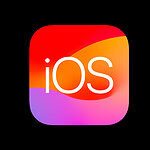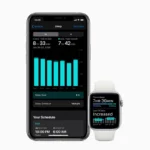Fitness enthusiasts often find themselves choosing between Whoop and Apple Watch for tracking their health and performance. These two devices offer different approaches to monitoring physical activity, sleep, and recovery. Whoop focuses on providing detailed insights for serious athletes, while Apple Watch offers a broader range of smartwatch features alongside fitness tracking.
Both devices have their strengths. Whoop excels in sleep tracking and recovery analysis, helping users optimize their training schedules. Its discreet design and long battery life appeal to those who prefer a low-profile wearable. Apple Watch, on the other hand, combines fitness tracking with everyday smartwatch functions like notifications and apps.
Pricing structures differ between the two. Whoop operates on a subscription model, while Apple Watch requires an upfront purchase. For athletes seeking in-depth performance data, Whoop may be the better choice. Those wanting a versatile smartwatch with fitness capabilities might prefer Apple Watch.
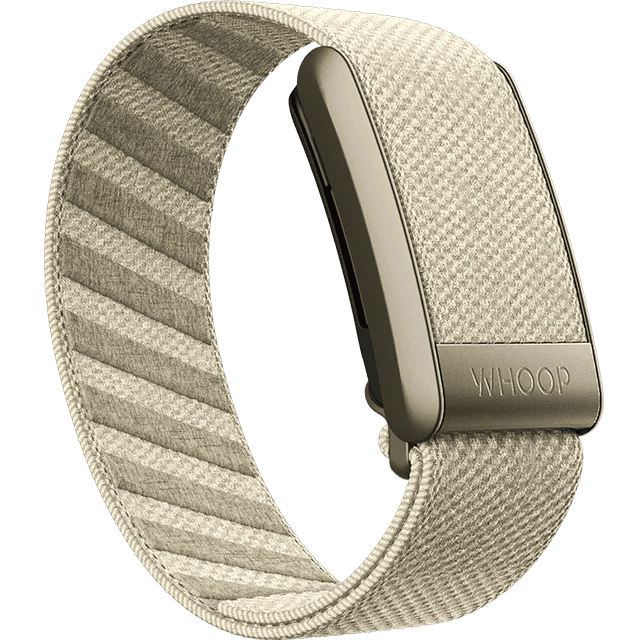
Whoop vs. Apple Watch: Choosing the Right Fitness Tracker for You
Serious athletes demand a lot from their fitness trackers. Two popular options are the Whoop Strap and the Apple Watch. But which one comes out on top? Let’s break down their key differences to help you choose the best fit for your training needs.
Form Factor and Design
The Whoop Strap is a screenless band worn on your wrist or bicep. It prioritizes comfort and continuous wear, making it ideal for 24/7 tracking. The Apple Watch, on the other hand, is a smartwatch with a vibrant display and a wider range of functionalities beyond fitness. This makes it more versatile for daily life but potentially less comfortable for all-day wear, especially during intense workouts.
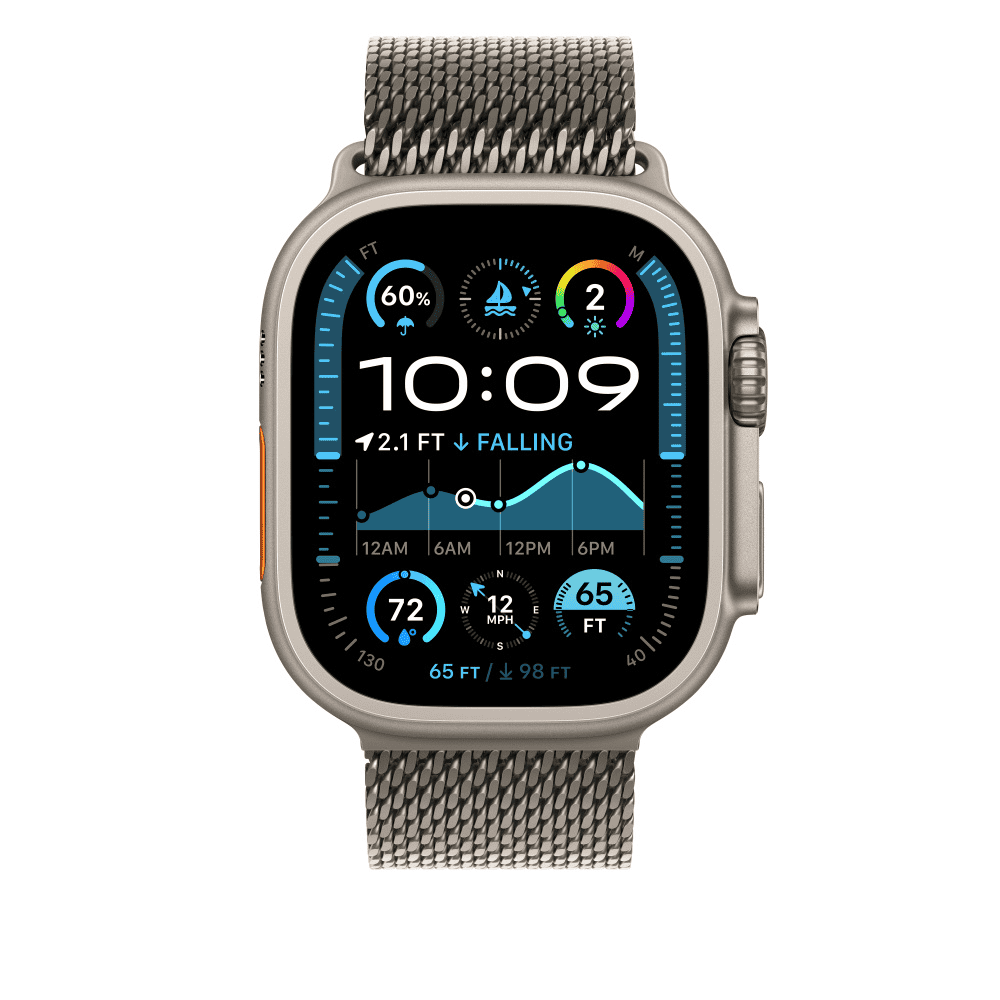
Metrics and Tracking
Both devices track key metrics like heart rate, sleep, and calories burned. However, Whoop emphasizes recovery and strain analysis. It provides in-depth data on your body’s readiness for activity and helps you optimize training intensity. The Apple Watch offers a broader range of workout tracking options and integrates with Apple Fitness+ for guided workouts. It also includes features like GPS and fall detection, which are not available on the Whoop Strap.
Subscription vs. One-Time Purchase
Whoop operates on a subscription model. You pay a monthly fee to access the device and its full suite of features. The Apple Watch requires a one-time purchase, but you can opt for Apple Fitness+ for a monthly fee to access additional workout content and programs.
Whoop vs. Apple Watch: Which is Right for You?

The best choice depends on your priorities. If you’re a serious athlete focused on optimizing recovery and training, Whoop’s in-depth data and strain analysis are invaluable. If you prefer a more versatile device with a wider range of features and smartwatch functionalities, the Apple Watch is the better option.
Whoop vs. Apple Watch: Key Differences
| Feature | Whoop Strap 4.0 | Apple Watch Series 10/Ultra |
|---|---|---|
| Form Factor | Screenless band | Smartwatch with display |
| Focus | Recovery and strain analysis | Workout tracking and smartwatch features |
| Key Metrics | Heart rate variability, sleep stages, recovery score, strain | Heart rate, calories, sleep, workout data, GPS |
| Pricing | Monthly subscription | One-time purchase (optional Apple Fitness+ subscription) |
| Ideal User | Serious athletes focused on optimizing training and recovery | Athletes who want a versatile device with smartwatch capabilities |
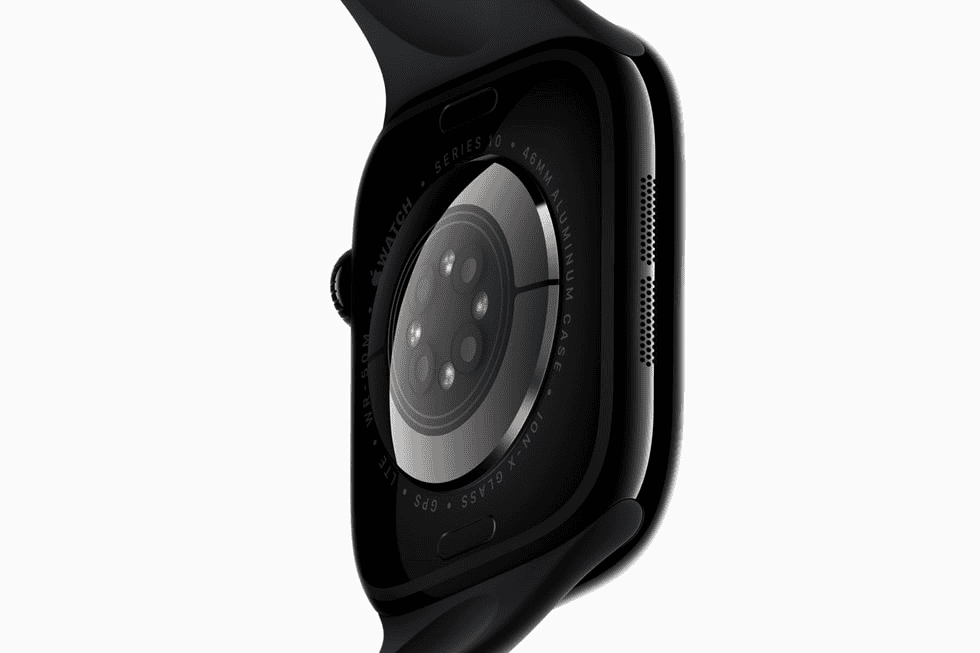
Ultimately, the best fitness tracker is the one that best meets your individual needs and preferences. Consider your training goals, budget, and desired features to make an informed decision.
Key Takeaways
- Whoop targets serious athletes with detailed recovery and sleep insights
- Apple Watch combines fitness tracking with smartwatch features
- Device choice depends on user priorities: performance analysis or versatility
Comparative Analysis of Whoop and Apple Watch
Whoop and Apple Watch offer distinct approaches to fitness tracking and smartwatch functionality. They differ in design, features, and pricing models, catering to different user needs and preferences.
Product Overview
Whoop 4.0 is a fitness band focused on health and recovery tracking. It lacks a display and traditional smartwatch features. The device collects data 24/7 to provide insights on strain, recovery, and sleep.
Apple Watch is a full-featured smartwatch. It combines fitness tracking with communication and app capabilities. The latest model, Series 7, offers a larger display and more health sensors than previous versions.
Both devices track workouts, heart rate, and sleep. However, they target different user groups and have unique strengths.
Design and Aesthetics
Whoop 4.0 has a slim, screenless design. It’s meant to be worn constantly without drawing attention. The band comes in various colors and materials.
Apple Watch features a square face with a color touchscreen. It’s more visible and interactive. Users can change watch faces and swap bands to match their style.
Whoop is lighter and less noticeable during sleep and workouts. Apple Watch is more versatile for everyday wear and use as a watch.
Fitness and Health Monitoring Features
Whoop excels in recovery tracking. It measures strain from workouts and daily activities. The device then suggests optimal sleep and future workout intensity.
Apple Watch offers a wider range of health features. These include ECG, blood oxygen monitoring, and fall detection. It tracks various workout types and provides real-time stats.
Both devices monitor heart rate and sleep patterns. Whoop focuses on long-term trends and recovery. Apple Watch gives more immediate feedback and a broader set of health metrics.

Technical Specifications and Capabilities
Whoop 4.0 has a 5-day battery life. It’s water-resistant to 10 meters and uses Bluetooth for data sync. The device includes sensors for heart rate, skin temperature, and blood oxygen.
Apple Watch Series 7 has a 1-day battery life. It’s water-resistant to 50 meters and offers GPS, cellular options, and Wi-Fi. It includes an always-on display, ECG sensor, and fall detection.
Whoop lacks a screen or GPS but excels in battery life. Apple Watch offers more sensors and smartwatch features but requires daily charging.
User Experience and Ecosystem

Whoop provides detailed analytics through its mobile app. Users get daily recovery scores, strain insights, and sleep performance data. The Whoop Journal allows tracking of lifestyle factors.
Apple Watch integrates with the Apple ecosystem. It works seamlessly with iPhone, Apple Fitness+, and other Apple services. The watch supports third-party apps, offering a wide range of functions.
Whoop focuses on in-depth fitness analysis. Apple Watch provides a more versatile smartwatch experience with fitness tracking as one of many features.
Pricing Models and Accessibility
Whoop uses a subscription model. Users pay a monthly fee that includes the device and app access. This model allows for free hardware upgrades over time.
Apple Watch requires an upfront purchase. Prices vary based on model and features. Some cellular plans add a monthly fee. Apple Fitness+ is a separate subscription service.
Whoop’s model spreads costs over time but requires ongoing payments. Apple Watch has a higher initial cost but no required subscription for basic features.
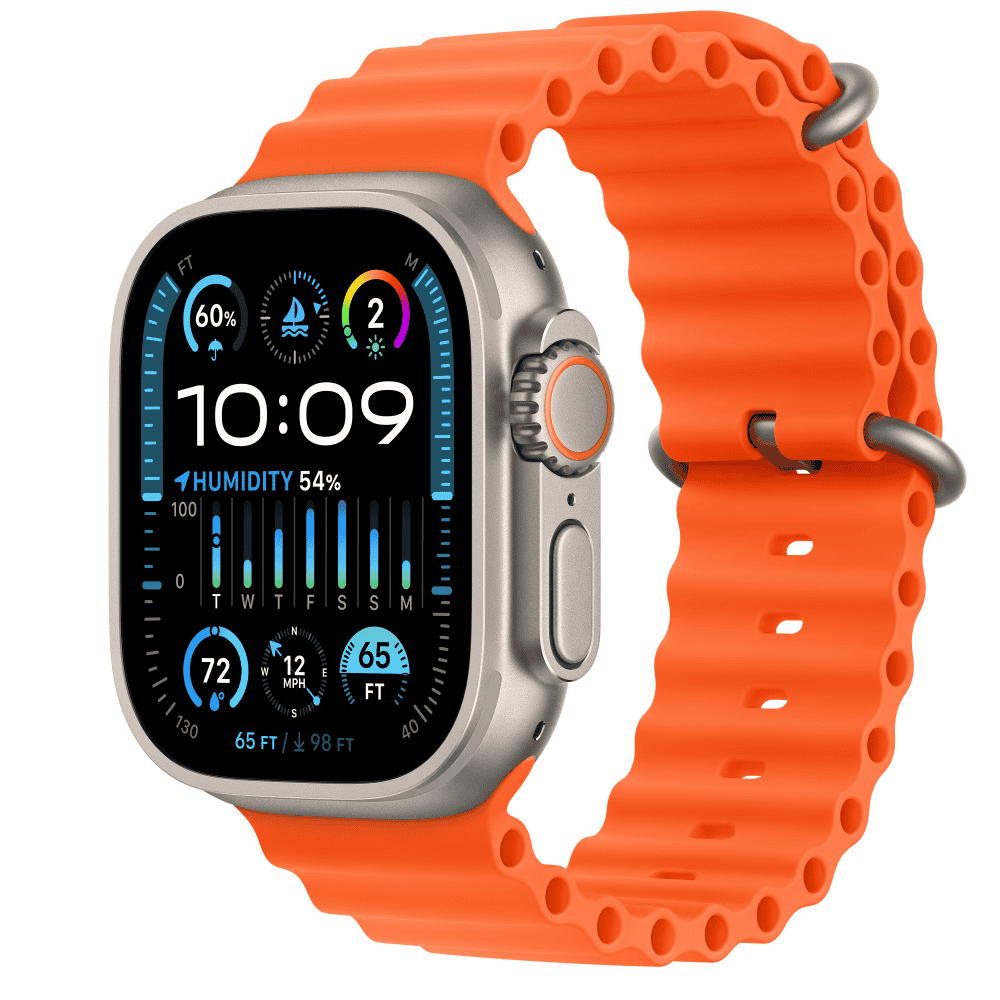
Frequently Asked Questions
Whoop and Apple Watch offer distinct features for health and fitness tracking. Their capabilities differ in key areas like sleep monitoring, calorie tracking, and workout analytics.
What are the differences in sleep tracking capabilities between Whoop and Apple Watch?
Whoop tracks sleep stages in more detail than Apple Watch. It measures light, deep, and REM sleep cycles. Apple Watch focuses on total sleep time and wake periods. Whoop also provides a sleep coach feature to help users improve their sleep habits.
How does the accuracy of Whoop’s calorie tracking compare to that of Apple Watch?
Whoop uses heart rate and movement data to estimate calorie burn. Apple Watch adds GPS and altimeter readings for more precise tracking. Both devices are fairly accurate, but Apple Watch may have a slight edge due to its extra sensors.
Which provides better workout analytics, Whoop or the Apple Watch Series?
Whoop offers in-depth strain and recovery metrics. It tracks workout intensity and its impact on the body over time. Apple Watch provides real-time stats like pace, distance, and heart rate zones. It also offers guided workouts through Apple Fitness+.
Can Whoop’s health monitoring features compete with those of the Apple Watch Ultra?
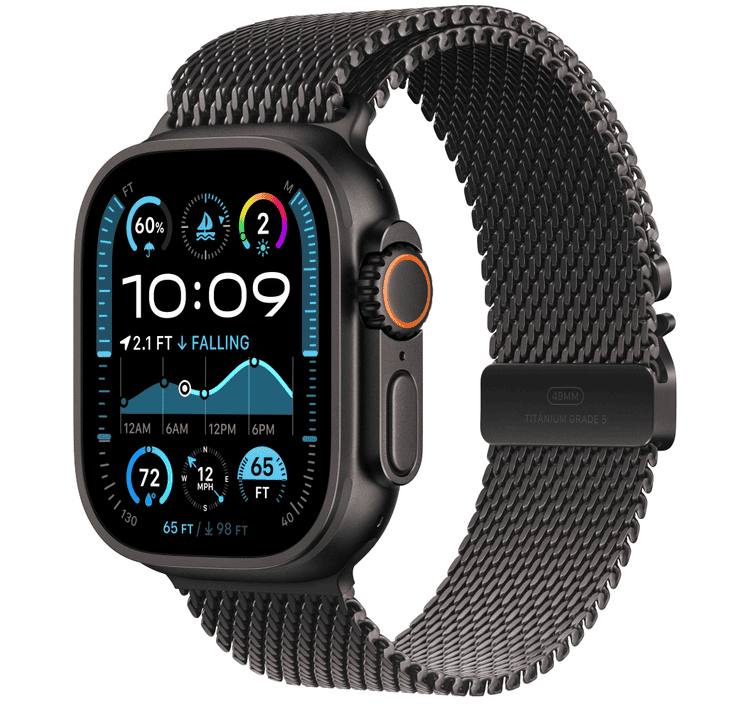
Apple Watch Ultra has more sensors for health tracking. It includes ECG, blood oxygen, and temperature sensors. Whoop focuses on recovery and strain metrics. It lacks some of Apple’s advanced health features but excels in workout recovery analysis.
How do user experiences differ between Whoop and Apple Watch according to Reddit discussions?
Reddit users often praise Whoop for its recovery insights and sleep tracking. Many find it helpful for preventing overtraining. Apple Watch users appreciate its versatility as a smartwatch and fitness device. Some prefer its more comprehensive health features.
In terms of overall wellness tracking, how does Whoop compare to the Apple Watch?
Whoop specializes in recovery and strain tracking. It helps users balance workouts and rest. Apple Watch offers a wider range of health and fitness features. It tracks daily activity, workouts, and various health metrics. Whoop may be better for serious athletes, while Apple Watch suits general wellness tracking.



